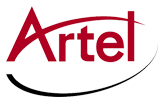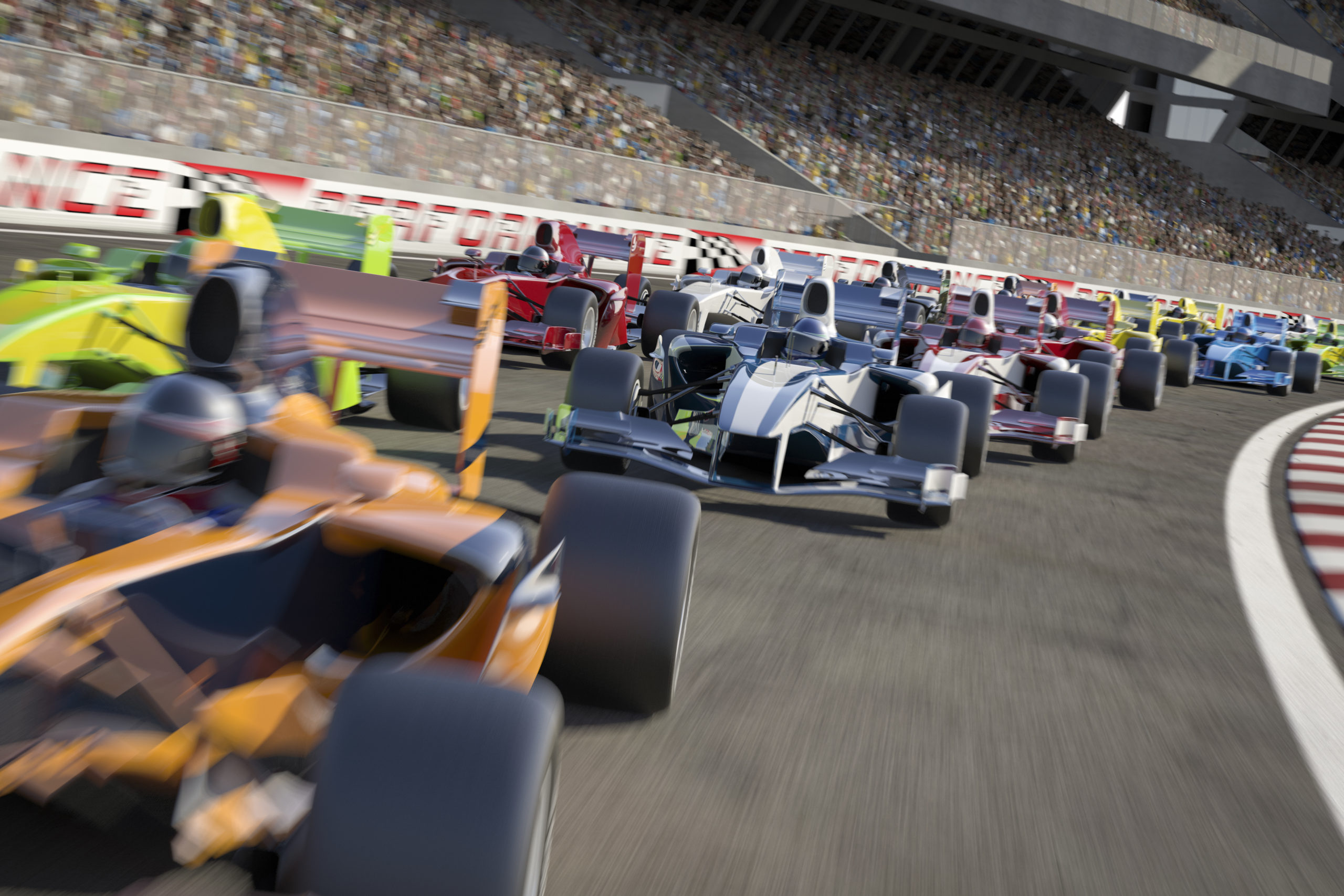Immersive audio has always had the potential to make broadcast and AV content more engaging, but the industry’s current shift toward media over IP (MoIP) is making this format much more accessible to content creators and distributors. Supported by a flexible, scalable IP infrastructure, broadcasters can use immersive audio to extend the creative possibilities open to them and to transform the way their audiences experience content. They can take their programming to a new level.
While IP makes it easier to explore and implement immersive audio, broadcasters will face some challenges as get they started with the format. Based on real-world experience with immersive audio flows, the following tips should help to smooth out some bumps in the road.
Tip 1: Get to Know the Format
Immersive audio gives creatives a scene-based model for building an audio mix. By supporting creation of “audio objects,” it allows audio to occupy new dimensions. It multiplies the impact of sound as a storytelling tool. In some implementations, where viewer-listeners are given a choice of perspective, it allows people to create their own unique experience of a program or event. Don’t embrace immersive audio just because it’s the next big thing; use it to expand the boundaries of content creation and delivery
Tip 2: Understand Your Flows
Immersive audio is complex — much more complex than traditional audio formats. In addition to the usual left, center, right, left surround, right surround, and subwoofer/low-frequency effects, immersive audio adds a height layer and top layer. To create the “audio objects” that give immersive audio its dynamic and realistic surround feel, you also need the additional metadata that describes how audio should be reproduced within the sound field. Defining the position, spread, and motion characteristics for sound, this metadata allows you to place or move audio objects around the listener’s environment. Know these flows and the demands they will put on your infrastructure.
Tip 3: Prepare for Growth
At a small scale, the shift to immersive audio may not seem to represent a huge increase in audio flows and associated metadata. They may well be manageable as you begin your journey with immersive audio. However, if and when you scale up your use of the format, you’ll find that you’ll need to make some changes to accommodate the larger volume of sources, signals, and data. If you look ahead and anticipate the increase in signal volume likely as you expend immersive audio production and services, you’ll encounter fewer roadblocks as you go.
As you look at increasing signal volume, consider implementing more comprehensive PTP network practices to help maintain timing/synchronization integrity across the workflow. For starters, be sure you have a handle on traffic and bandwidth management, QoS treatment, and PTP network hierarchy treatment.
Tip 4: Optimize Your Infrastructure
Incorporate advanced IP switches into your network infrastructure to ensure you can manage sources and data efficiently, with the timing accuracy critical to media-over-IP applications. PTP-enabled switches provide the level of traffic control/management and PTP functionality to support immersive workflows. An integrated boundary clock function can serve as a tool for sectionalizing the PTP network to achieve better performance. For management on a larger scale, integrate your PTP-enabled switches with automation, control, and orchestration systems governing the overall workflow.
Tip 5: Aggregate and Bundle
Aggregate and organize flows and data in categories that make sense on a human level. It is easier to work with flows as audio objects if you’re already bundling them based on recognizable or familiar categories, such as location of the source, type of sound being “collected,” and specific effects to be captured.
Ideally, your switching infrastructure can manage this traffic adeptly, using VLANs to apply groupings and applying the proper QoS. You’ll find these capabilities especially valuable in workflows where other types of traffic (e.g., intercom, metadata) move on shared infrastructure.
Summary
All of the IP switch capabilities that are valuable in audio-over-IP (AoIP) projects take on even greater importance in immersive audio due to the increase in flows, the type of flows, and the functional categories of the end points. There features and functionality include PTP implementation, QoS, IGMP, VLANs, and IT infrastructure topologies to facilitate management of the flows — monitoring, networking, security, troubleshooting — and general IP networking functions. (Of course, you can find all this within our Quarra family of switches!)
Artel solutions are at the heart of numerous MoIP and AoIP projects, and Quarra is a great foundation for immersive audio implementations. If you are starting a new project and have questions, we’d be happy to discuss your particular requirements.

